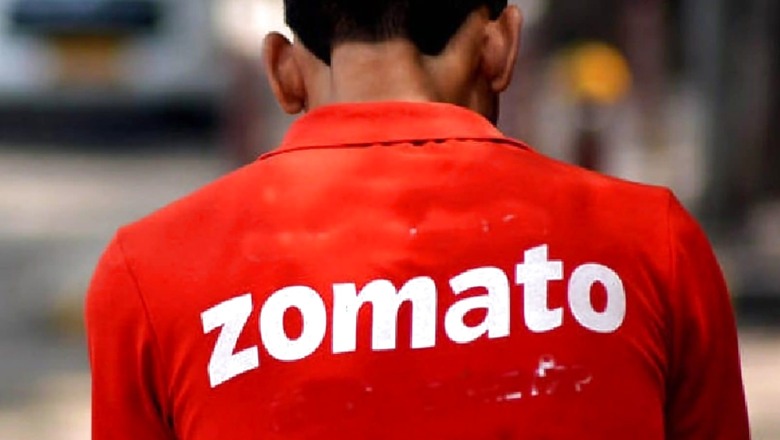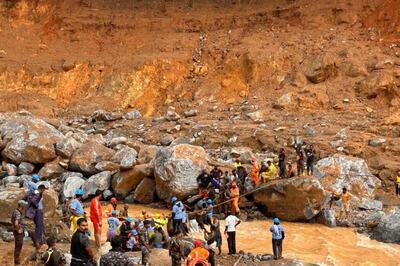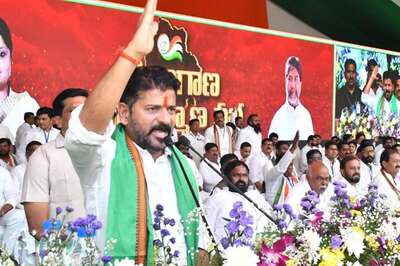
views
Earlier this week, when restaurant aggregator and food delivery app Zomato quietly informed its grocery partners that it would be exiting the online grocery business, there were not many who were surprised. Even though the online grocery business is a growing sector, it requires a different skill set when compared with food delivery.
Zomato had entered the online grocery business in July anticipating a good demand because of the continuing restrictions due to the COVID pandemic and the increasing digital adoption among consumers. But then what made the company change its mind within two months and get out of the business?
The company realised there were many gaps in fulfilling the orders, especially within the short timeframe customers wanted the groceries to be delivered. Zomato, which went public in July, also feels that it will be better off concentrating on its core business of restaurant aggregation and food delivery to deliver greater value to its shareholders.
Only in August, the Competition Commission of India approved Zomato’s proposal to invest about Rs 750 crore ($100 million) for a 9.3 per cent stake in online grocer Grofers, which has been in the business since 2013. There is speculation among industry watchers that Zomato will increase its stake in Grofers, providing an exit to various international investors.
According to industry experts, grocery is the largest e-commerce sector in India and also the hardest to handle. It does not handle standard goods such as mobile handsets and televisions; the supply chain is hyper-local and extremely hard to master; FMCG products are standardised goods and everyone prefers to start in that segment and then consider diversifying into other essential commodities.
The F&V (fruits and vegetables) segment and meat, on the other hand, are extremely hard since they are fresh and have to be delivered fresh to consumers. The supply chain is often broken, there is a lot of seasonal variation, the preferences change from region to region, and quality is extremely tough to control. Also, margins are low unless the company does its own branded products, which means it will have to get into own branded foods and the FMCG business. All this calls for huge amounts of capital and management time.
The biggest challenge in the online grocery business, says K. Ganesh, serial entrepreneur and Promoter, BigBasket, is that competition is fierce — from local kirana stores to branded offline stores to established online players such as BigBasket, Grofers, JioMart and Dunzo.
“Delivery has to be hyper-local, built location by location, city by city,” adds Ganesh, who runs GrowthStory, a venture-builder platform. The Indian consumer is price sensitive and is aware of daily prices on all products.
According to him, fill rate — number of products delivered compared with the number of products ordered — is important. Given the number of SKUs (stock-keeping units), fresh products that get damaged easily or go bad fast, the fill rate is hard to get to 99+ per cent that consumers expect, he points out.
Then there are other issues such as delivery, which in itself is hard since many of the products are big and heavy. The delivery has to be quick — preferably within two hours — as consumers want the products immediately. Otherwise, there is always the neighbourhood shop that will deliver the products in no time at all.
There have been other industry-level developments too that may have prompted Zomato to bet on Grofers rather than building the online grocery business itself. One, because of the pandemic the food delivery business had taken a massive hit. The restaurants aggregation business was completely out since most states had banned dining in restaurants and even if it was allowed, there were restrictions on seating. Now, the food delivery business has picked up and is almost back to 80 per cent of the pre-COVID levels and Zomato will be better off focusing on that. And, states have relaxed lockdown rules and dining-in without any restrictions is allowed in most cities.
The other major industry development was Tata Digital, a wholly-owned subsidiary of Tata Sons, acquiring a majority stake in online grocer BigBasket in May. BigBasket has more than 50,000 SKUs, operates a farm-to-fork supply chain with over 12,000 farmers. It has built collection centres in several locations to deliver fresh fruits and vegetables to consumers. In 2020, BigBasket reached the milestone of $1 billion in annual revenue.
JioMart, which is part of Reliance Industries, has also placed a huge bet on the online grocery business. Reliance Industries revealed during its annual general meeting in June that JioMart had registered over 6.5 lakh peak orders in a single day. Over the past year, it had brought on board over three lakh merchant and shopkeeper partners in 150 cities. JioMart had seen a three-times growth in kirana orders and a doubling of order frequency. It is expanding to more cities and plans to get on board over one crore merchant partners over the next three years.
Given all these factors, it makes sense for Zomato to bet big on Grofers instead of starting from scratch. Grofers has built the capability over the years, has figured out all the problems and challenges the sector poses, it has a presence in all major cities and locations, and has its own dark stores to supply from. The company has also developed its own brands over time.
Moreover, it has had the time to figure out the complex supply chain issues in groceries and knows how to keep the fill rate high. It will be hence easier and simpler for Zomato to use Grofers to grow the online grocery business, whereas if it were to do it on its own it will have to not only figure out the supply chain issues but also build the brand, grow in each location and build thousands of dark stores. By focusing on restaurant aggregation and food delivery and using the Grofers platform to grow the online grocery business, Zomato will be better placed to deliver value to its shareholders.
N. Ramakrishnan is a Chennai-based freelance journalist with over three decades of experience. The views expressed in this article are those of the author and do not represent the stand of this publication.
Read all the Latest News , Breaking News and Ukraine-Russia War Live Updates here.




















Comments
0 comment